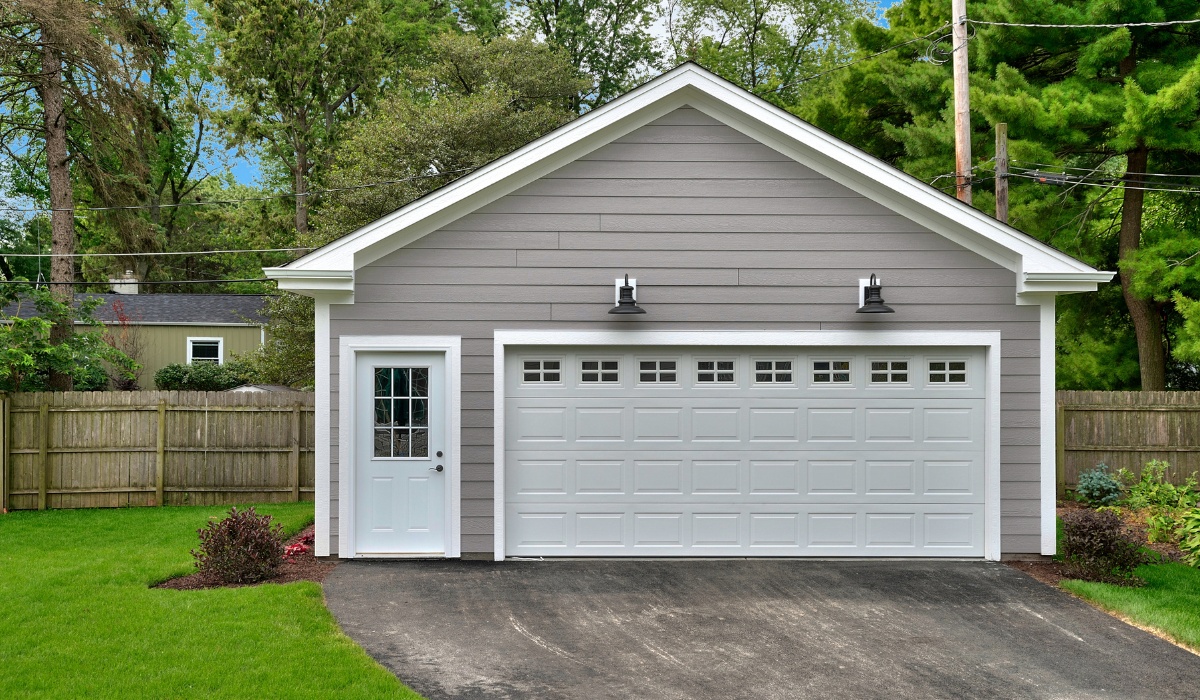Discover the best places to live, work, and play in Edmonton based on their walkability scores. We delve into the factors that contribute to a high walkability score, explore the benefits of choosing a walkable neighbourhood, and highlight resources to help you find the perfect spot in Edmonton.
Understanding Walkability Scores
Walkability scores measure how friendly a neighbourhood is to pedestrians. They consider several key factors, including the density of destinations like shops, restaurants, and parks, the quality of sidewalks and pedestrian infrastructure, and the ease of navigating streets on foot. A high walkability score indicates a neighbourhood designed to prioritize pedestrian movement, leading to a more vibrant, healthy, and connected community. This impacts urban density, active transport options, and overall lifestyle choices within the area. It's a crucial aspect of urban planning and community development, impacting resident's quality of life and contributing to sustainable urban environments.
Factors Affecting Walkability in Edmonton
Several interconnected elements determine a neighbourhood's walkability in Edmonton. Let's examine the key contributors.
Streets and Sidewalks
Well-maintained sidewalks, complete street networks, and safe pedestrian crossings are fundamental to walkability. The design of streets, including traffic calming measures, plays a vital role in ensuring pedestrian safety and comfort. Connectivity is key – a well-connected network of sidewalks allows for easy movement between destinations within the neighbourhood. Easy pedestrian access to all areas enhances the score significantly.
Parks and Green Spaces
Access to parks and green spaces significantly enhances a neighbourhood's walkability score. Proximity to recreational areas encourages walking for exercise and leisure. Well-maintained trails and pathways further improve the pedestrian experience. Green spaces contribute to a more pleasant and appealing environment for walking, encouraging community interaction and fostering a sense of belonging. These features contribute positively to health and well-being.

Transit and Amenities
The availability of public transport and the proximity of essential amenities greatly influence walkability. Easy access to buses, light rail transit, or other public transportation options reduces reliance on cars. The density of amenities such as grocery stores, pharmacies, cafes, and community centers within walking distance enhances convenience and encourages pedestrian activity. This reduces the need for car trips and promotes a more sustainable lifestyle.
Safety and Accessibility
Pedestrian safety is paramount for a high walkability score. Well-lit streets, clearly marked crosswalks, and low traffic volumes all contribute to a safer environment. Accessibility for individuals with disabilities is also crucial, including features like ramps, curb cuts, and accessible pathways. Safety and accessibility improvements enhance the overall usability and appeal of the neighbourhood for pedestrians of all abilities.

How to Calculate Walkability Scores in Your Neighbourhood
While precise calculation methods often require specialized software and data, you can assess your neighbourhood's walkability using a simple approach. Consider the factors mentioned above: How many amenities are within a 10-15 minute walk? How safe and well-maintained are sidewalks and streets? How easy is it to navigate the neighbourhood on foot? By assessing these aspects, you can develop a general sense of your neighbourhood’s walkability.
Top Walkable Neighbourhoods in Edmonton
Several Edmonton neighbourhoods consistently rank high for walkability. While specific scores vary depending on the methodology used, areas known for their high density of amenities, excellent public transit, and well-maintained pedestrian infrastructure typically score well. Further research using available online tools and local resources can provide a more detailed comparison of specific neighbourhoods.
Benefits of Living in a Walkable Community
Choosing a walkable neighbourhood offers numerous benefits. Increased physical activity improves overall health and well-being. The convenience of walking to shops and services saves time and money. Stronger community bonds develop through increased interaction with neighbours. Reduced reliance on cars contributes to a more sustainable lifestyle, benefiting the environment. These aspects improve the quality of life.
Resources for Evaluating Walkability
Several resources assist in evaluating walkability scores. Online tools and applications provide neighbourhood-specific data. Municipal websites often publish urban planning documents and related data. Engaging with local community groups and attending city council meetings can provide insights into ongoing initiatives and future plans for improving walkability.
Frequently Asked Questions
What is a walkability score, and how is it determined? A walkability score reflects how easily a neighbourhood can be navigated on foot, considering factors like amenities, infrastructure, and safety. Scores are https://blogfreely.net/gessarqefg/h1-b-conquer-your-garage-door-troubles-in-2025-repair-installation-andamp determined through various assessment methods, combining these factors into an overall rating.
Why is walkability important for communities? Walkability improves public health, fosters community interaction, reduces reliance on cars, and enhances the overall quality of life.
Which Edmonton neighbourhoods are considered the most walkable? This can vary based on specific assessment methods, but certain areas consistently score highly based on their infrastructure, amenities, and safety features. Online resources can assist in locating detailed information.
How can I improve the walkability of my neighbourhood? By participating in local initiatives, advocating for pedestrian-friendly infrastructure improvements, and engaging with city officials, you can promote a more walkable community.

Are there tools available to measure walkability in Edmonton? Yes, various online tools and applications offer walkability data for specific Edmonton neighbourhoods.
In conclusion, understanding and prioritizing walkability scores is crucial for creating thriving, healthy, and sustainable communities in Edmonton. By considering the various factors that contribute to walkability and utilizing the available resources, both residents and city planners can work together to enhance the pedestrian experience and foster a more vibrant urban environment. Let’s continue to advocate for and improve walkability throughout our city!